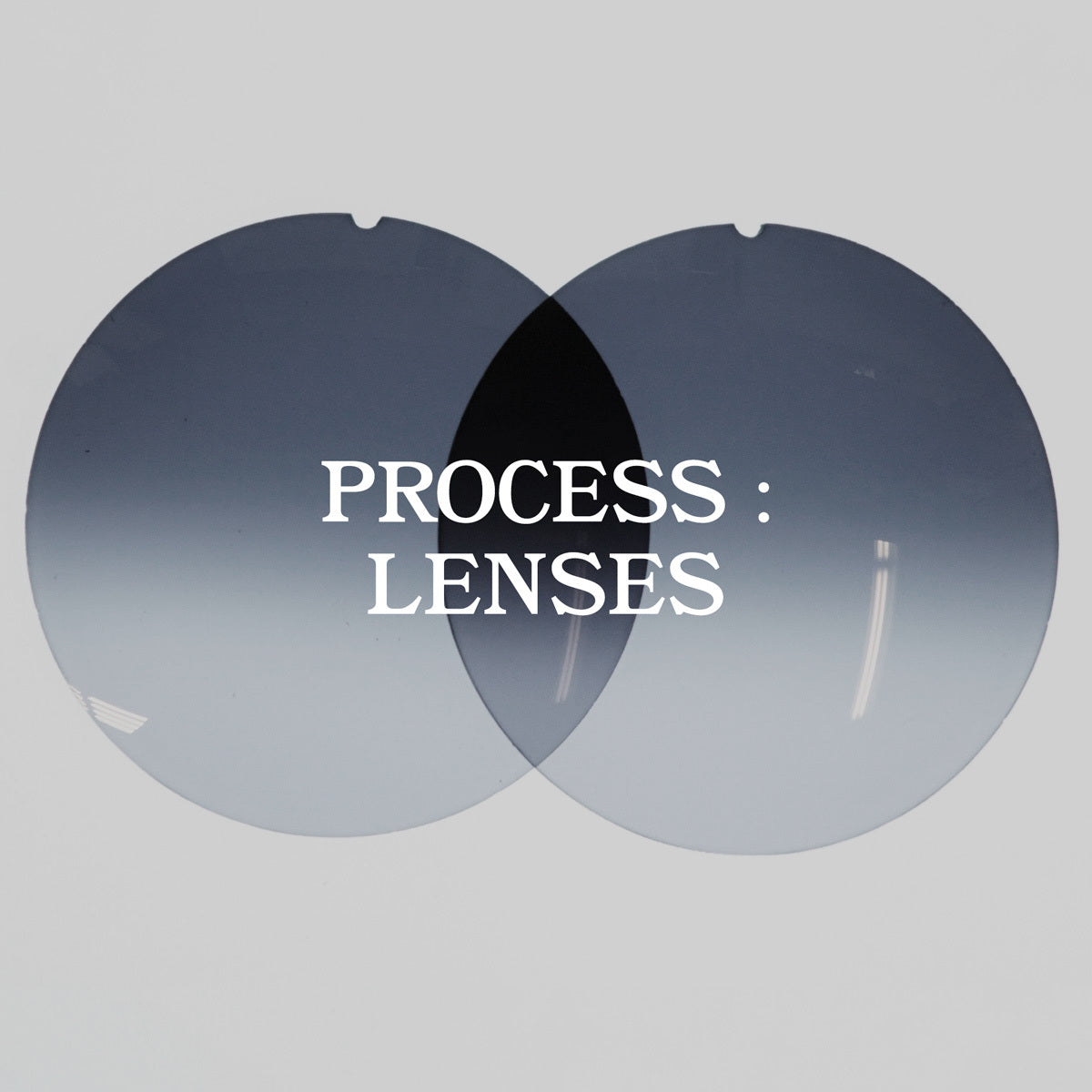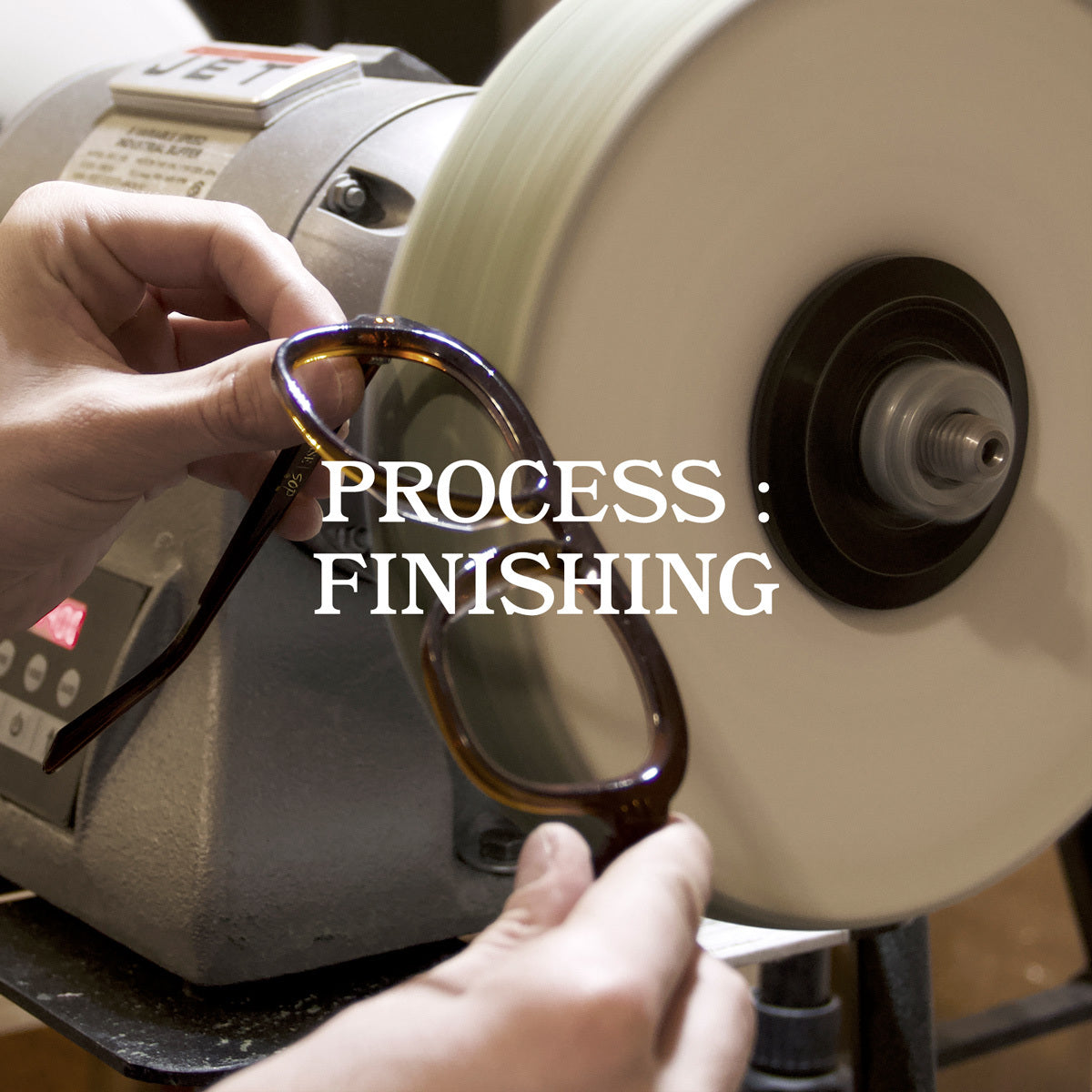
Lenses
Every detail of a Lowercase frame is designed with intention. As with the form and color of the acetate, the tone and shape of the lens is a critical visual element of our sunglasses' unique look.
Grove in Orchid
As with all our raw materials, we make no exceptions with the aesthetic and quality of our lenses. To ensure your glasses are equipped with the best, we exclusively use Carl Zeiss sun lenses. Zeiss has been producing the highest quality lenses for over 150 years: their technology is used in projects all over the world, including NASA’s most powerful telescopes.
Every sun lens offers 100% UVA/UVB protection, and we offer polarized options for most frames. Like Lowercase frames, Zeiss lenses represent the highest quality of craftsmanship while offering modern and varied lens tones, so you'll never sacrifice quality for style.
How it's Made
Everything begins with our collaborative design process. When selecting new colorways for a frame, we go through every acetate in our collection, testing and selecting lens colors that complement. We take into account the shape and overall look of the frame, selecting lens tones that either offset or match the color of the frame.
You can read more about our acetate selection process here.
Palmer in Ghost
Fitting lenses is the final step in production, following our multi-step polishing process. If a frame is optical, we use tester acrylic lenses that can easily be popped out and replaced by an optician. For sunglasses, we select the proper lenses from our inventory, and prep them by adhering a plastic fixture that will allow the lens to sit in the edging machine.
Carl Zeiss gradient lenses
We cut every pair of lenses specifically to each frame to ensure the best fit possible. Using a tracing machine, we outline the shape of the frame to generate a CAD drawing of the lens profile.

The lenses begin as discs. Once we have a CAD drawing, these can be inserted into our edging machine, where they will be ground to the correct size and shape. The machine adds a beveled edge for fit.


Once the lenses are cut, we pop them into their frames, making sure the fit is just right: too tight and opticians can’t pop them out, too loose and they aren’t fully secured.
Dakota in Black
The finished frames are compared and fitted with their technical drawings, cleaned, packed up and shipped out to you or your local optical boutique.









